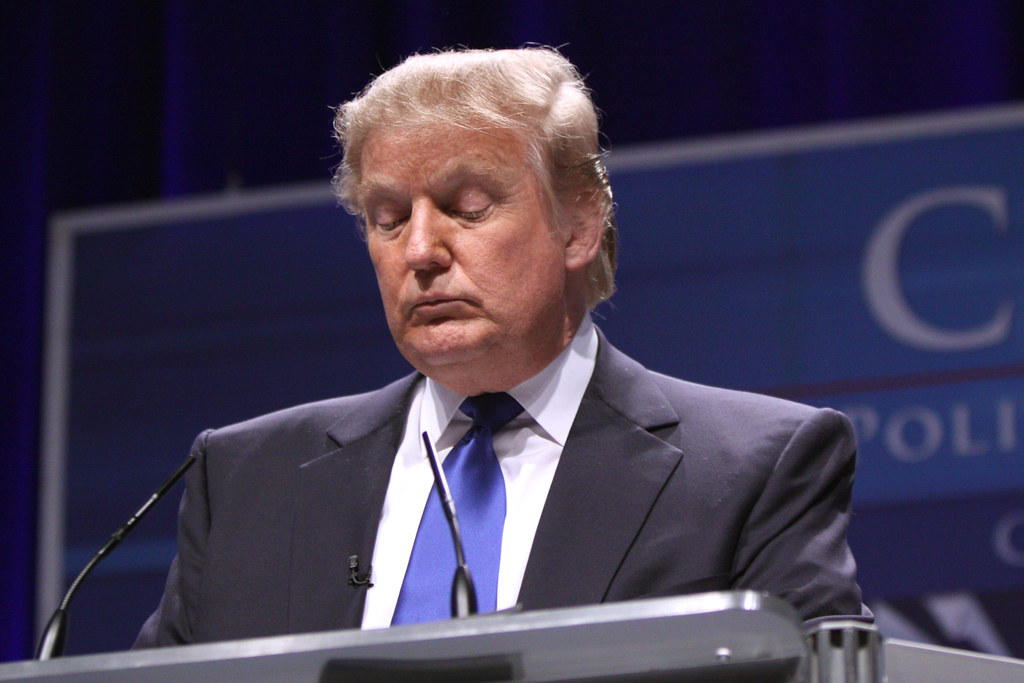Key Takeaways
• Senator Tina Smith called President Trump’s reaction to the Minnesota tragedy “callous.”
• Trump said he did not order flag lowering because Gov. Walz never asked him.
• Critics say leaders must unite against political violence, regardless of politics.
• The flag lowering debate highlights a split over empathy and leadership.
Trump and Flag Lowering: A Closer Look
Senator Tina Smith sharply criticized the president’s choice not to lower U.S. flags after the June murder of Minnesota lawmaker Melissa Hortman and her husband. During a recent press conference, President Trump said he didn’t act because Minnesota Governor Tim Walz never requested a tribute. In turn, critics argue political leaders should stand together against violence, no matter their party.
Why the Flag Lowering Issue Matters
Flag lowering after a tragic death is a symbol of respect and national mourning. When a public figure falls victim to violence, citizens look to the White House for a unifying message. Yet, President Trump insisted he would only lower flags if asked. Consequently, many view this stance as lacking compassion at a time when unity matters most.
Senator’s Response to Trump
On CNN’s program “The Source,” Senator Smith condemned the president’s remarks. She said she was “blown away by the callousness” of his answer. Moreover, she pointed out that we need a universal stance against political violence. Instead, she accused Trump of spreading fear and misinformation. She emphasized that leadership requires empathy and clear condemnation of hate.
What Trump Said About Flag Lowering
At the press event, a journalist played footage of Trump explaining his decision. He stated he did not call Gov. Walz and did not lower the flags because Minnesotans did not ask him. Then, he added, “You can’t do it for everyone.” This comment especially drew fire. Critics claim it makes the country look divided at a moment that calls for solidarity.
Political Violence and Unity
Political violence is on the rise in many parts of the country. Therefore, leaders must set an example by speaking out against it. Senator Smith highlighted that condemning violence should “transcend politics.” In her view, a refusal to lower flags signals indifference. Consequently, it can embolden extremists rather than deter them.
Public Reaction and Media Coverage
Social media quickly filled with debates over the president’s words. Some supporters agreed that protocol demands a formal request for flag lowering. Others insisted empathy should come first. Meanwhile, news outlets dissected Trump’s comments and played his original statements. As a result, the flag lowering issue became a major talking point.
Emotional Impact on the Community
For many in Minnesota, the deaths of Melissa Hortman and her husband left a deep wound. They were both well-known community figures dedicated to public service. Therefore, residents expected a gesture of national mourning. When the White House declined, families and neighbors felt ignored. Their grief turned into frustration over political protocol.
What Comes Next
Looking forward, the debate raises questions about presidential power and compassion. Will future administrations handle such tragedies differently? Additionally, will governors know they must make formal requests for flag lowering? Lawmakers on both sides may push for clearer guidelines to prevent similar situations.
Lessons for National Leadership
First, empathy matters. A simple phone call or a public statement can unite people. Second, symbols like flag lowering carry weight. They show that leaders care about citizens’ pain. Lastly, in times of crisis, political points should take a back seat to human loss. These lessons could guide better responses in the future.
FAQs
Why did President Trump say he refused flag lowering?
He said Minnesota’s governor never officially asked him to lower the flags.
What did Senator Tina Smith call Trump’s response?
She described it as “callous” and lacking needed empathy.
Is there a rule for flag lowering requests?
There is no fixed procedure; it usually happens upon request from state leaders.
Could this change how flags are lowered in the future?
Yes. Lawmakers may create clearer rules to ensure timely tributes.
